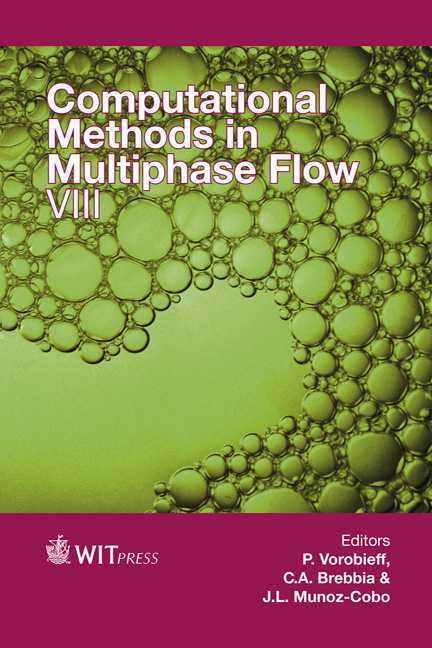Studies Of Grain Segregation Patterns On A Destoner Using A CFD–DEM Approach
Price
Free (open access)
Transaction
Volume
89
Pages
12
Page Range
287 - 298
Published
2015
Size
868 kb
Paper DOI
10.2495/MPF150251
Copyright
WIT Press
Author(s)
A. S. Kannan, M. A. E. Hansen, J. M. Carstensen, P. Thorn, J. Lund, S. Sasic
Abstract
Removal of contaminants from ‘food grade’ quality grains is of great importance in food and grain processing operations. A thorough understanding of the inherent granular segregation profiles on this processing equipment is a pivotal step in the design and development of more efficient processes. One such grain cleaning operation is the ‘density-based separation’ using a destoner. This process removes stones and other heavy material from lighter food grains using a vibrating deck and fluidizing air. In this paper we formulate a CFD–DEM framework (set up and implemented in the OpenFOAM® environment) to study granular segregation patterns on a destoner. The scheme is first validated by comparing simulations with experimental data using a gas–solid fluidized-bed test case. A good agreement between the experiments and the simulations is noted. This proposed framework is then used to characterize the combined effects of deck inclination and fluidization velocities on the separation profiles generated from a virtual destoner. We have found these profiles to be highly sensitive to changes in fluidization conditions, with the gradual development of segregation zones at velocities close to the minimum fluidization velocity of the heavier component. A deck inclination of 5 degrees and a fluidization velocity of 2.0 m/s is considered optimal while steeper slopes (inclinations of 15 degrees) and lower air velocities (0 and 1.5 m/s) are deemed unsuitable for segregation.
Keywords
destoner, grain cleaning operation, OpenFOAM®, CFD–DEM, deck inclination, fluidization





